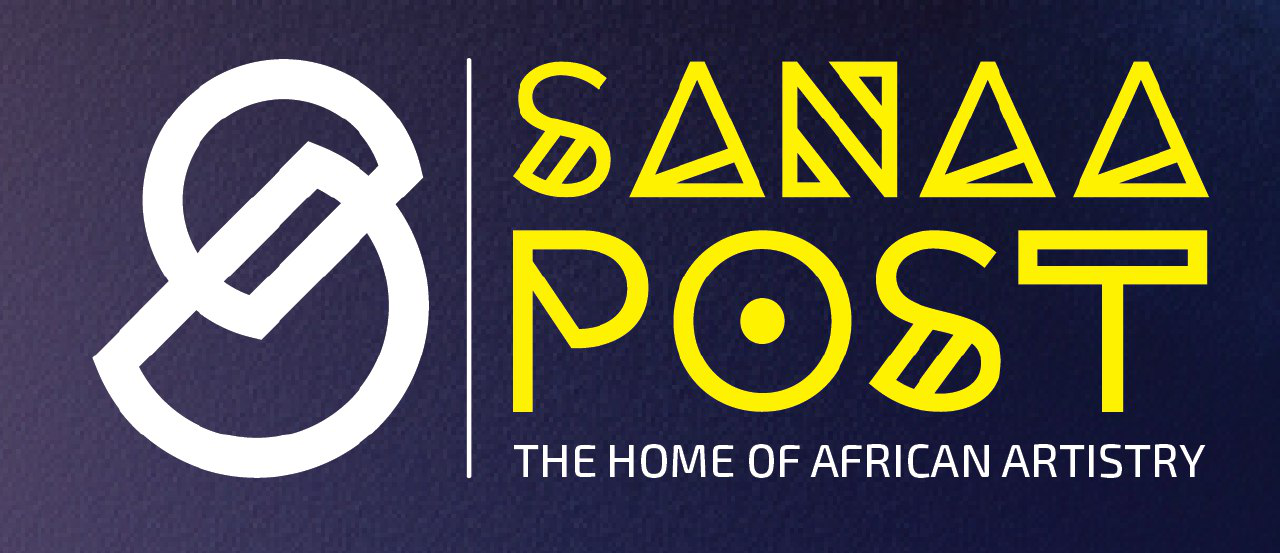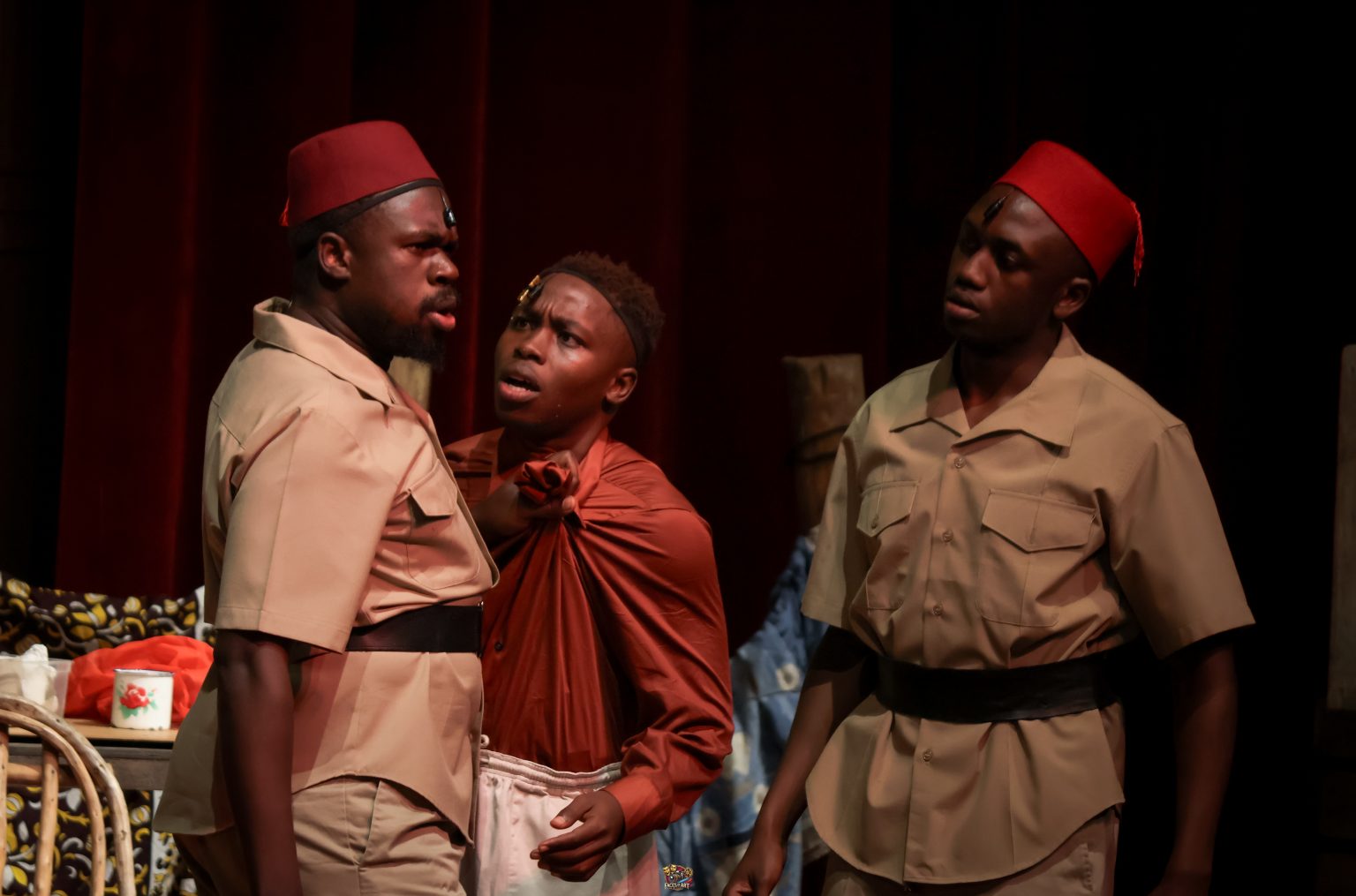On the Art of Adaptation
The relationship between source text and stage adaptation is one of theater’s most complex artistic challenges. The most successful theatrical adaptations are not those that slavishly reproduce every detail of their source material, but rather those that understand the essence of the original work and translate it into the unique language of live performance. As theater scholar Linda Hutcheon argues in A Theory of Adaptation, the best adaptations are acts of creative interpretation that honor the source while fully embracing their new medium.
Great stage adaptations recognize that theater possesses distinct advantages over literature: the immediacy of live performance, the power of physical presence, and the collective experience of audience witnessing. When a director like Martin Kigondu takes on Prof Kithaka wa Mberia’s Kifo Kisimani, the challenge becomes not reproduction but translation, finding theatrical equivalents for literary techniques, discovering how to make the internal external, the descriptive visceral.
There is little to critique in terms of story when it comes to an adaptation, as the narrative foundation already exists. What emerges for evaluation is the director’s interpretation and how their techniques ensure the production transcends mere “textbook fashion” staging to become something uniquely theatrical.
Cast: Breathing Life into Literary Characters
The cast, consisting of Bilal Wanjau, Vallery Awino, Polyann Njeri, Wanjiku Waweru, Ted Munene, Sanchez Ombasa, Samson Omondi, James Mutua, Muringo Mware, Gadwill Odhiambo, Fredrick Mito, Fiona Nyawira, Ernest Onyango, Cosmas Kirui, Brian Gaitan, Nyawira Alison, Benson Ojuwa, and Afrikan Nduta, brought their A-game, adding nuanced interpretations that transformed written characters into living, breathing presences. Evidence of serious character development work was apparent; each performer had clearly developed comprehensive character biographies that informed their choices and brought authentic depth to their roles.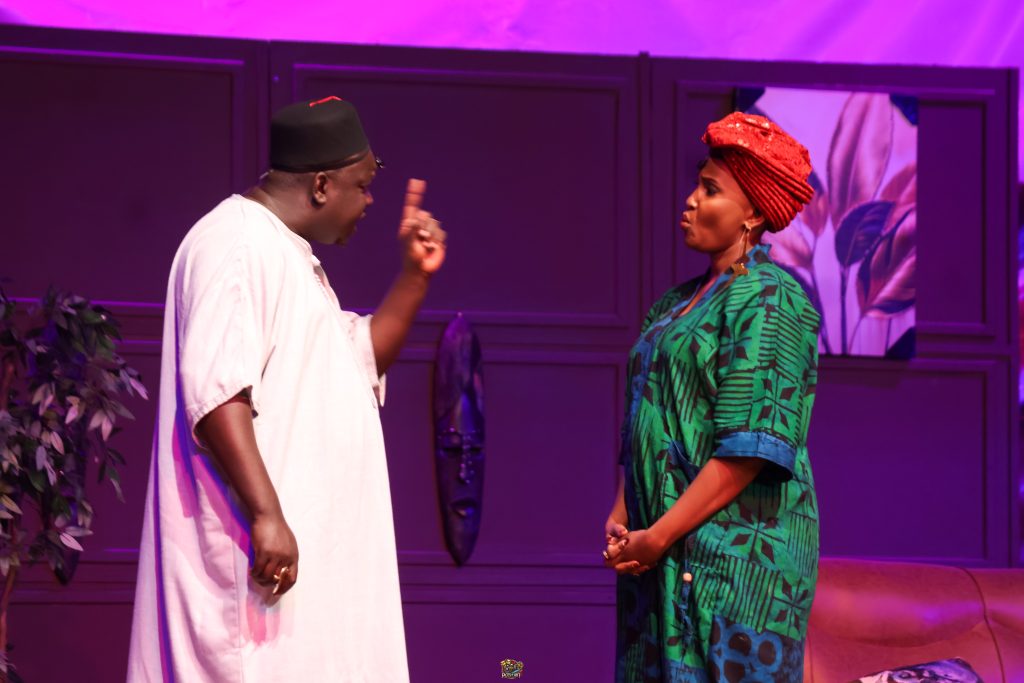
My personal favorite was the Mgezi character, played by Muringo Mware. Invoking Konstantin Stanislavski’s wisdom that “there are no small roles, only small actors,” Muringo transformed what could have easily turned into a forgettable supporting character into a memorable presence. Her choice to incorporate a stutter was particularly inspired, a physical choice that created anticipation each time she appeared, ensuring the audience remained engaged with her character’s contributions to the narrative. Language and Performance
The cast demonstrated sophisticated understanding of dialogue delivery, using vocal stress and emphasis to ensure audiences grasped the weight of particularly significant moments. Their attention to shadda (stress patterns in Kiswahili) revealed both linguistic sensitivity and respect for the source material’s careful word choices.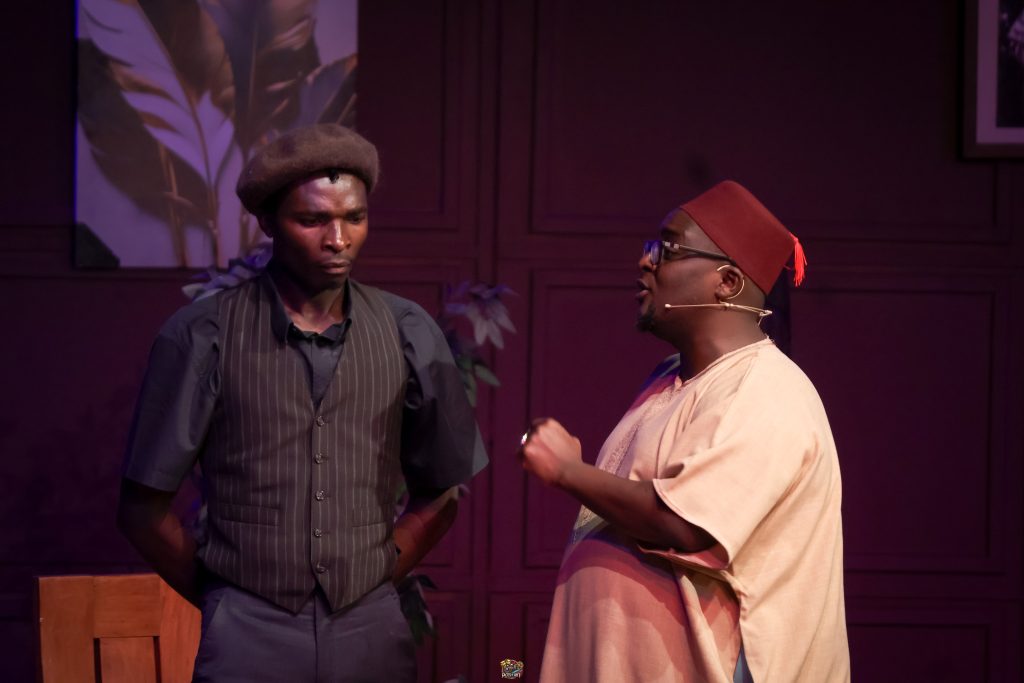
Crucially, the production avoided unnecessary additions that might have diminished the source text’s meaning. Even contemporary references were minimal and carefully placed, respecting the literature’s ability to carry its own weight without oversimplification for entertainment purposes.
Technical and Design Elements
The lighting design by Charles Stephen effectively supported the emotional landscape of the production, with darker, more emotionally heavy scenes appropriately accompanied by subdued lighting that enhanced the mood and so on. The sound design by Mbogua Mbugua Mbugua successfully created the world of Butangi on stage, providing crucial atmospheric context.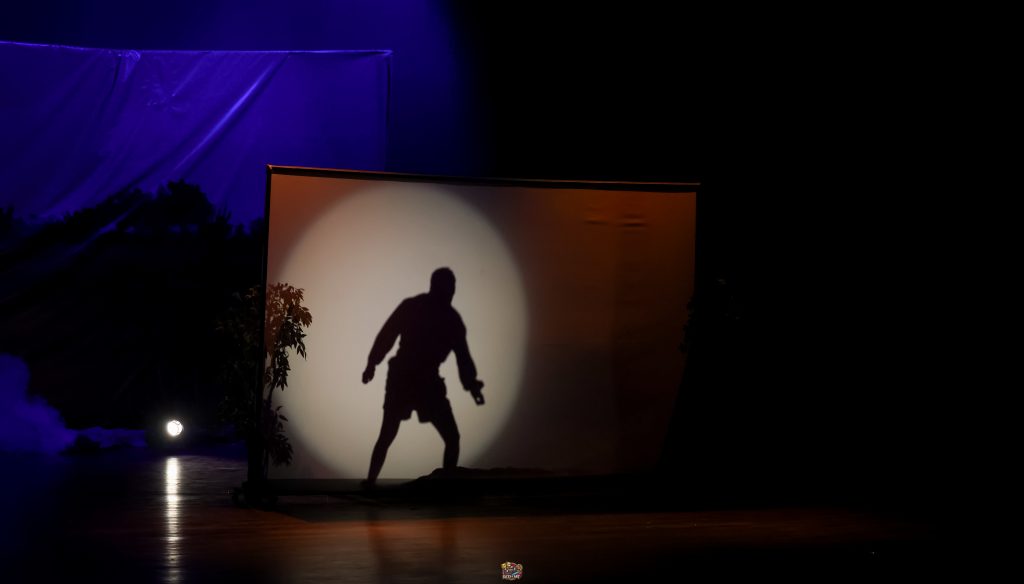
The props and set design excellently supported the production’s context, with Tanya’s house particularly well-realized. The visual world created on stage so effectively translated the mental images generated while reading the source text that watching the performance felt like seeing one’s own imagination made manifest. This represents adaptation at its finest, when theatrical realization aligns seamlessly with literary imagination.
However, scene changes proved somewhat problematic in their length. While some transitions allowed valuable processing time for audiences to absorb previous scenes, others unnecessarily broke the theatrical spell, disrupting the carefully built momentum. This represents one area where the adaptation process might benefit from further refinement.
A Haunting Call to Action
Fasihi ni kioo cha jamii
Words we’ve heard so many times they’ve become literary wallpaper, background noise in the streets of the internet. Yet this production of Kifo Kisimani ripped away that comfortable familiarity, forcing us to confront what those words actually mean when a 2001 book mirrors our present reality with disturbing precision.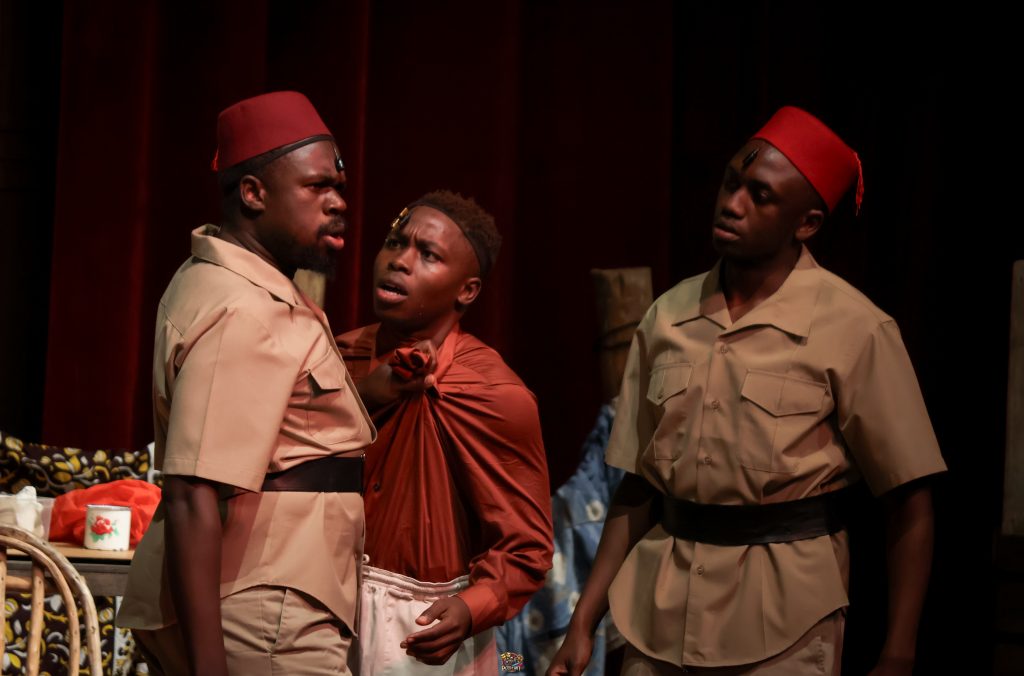
This production demonstrated the enduring power of well-crafted literature to transcend its specific historical moment. The world of Butangi that Mberia created over two decades ago feels eerily familiar today. Every audience member could recognize characters from this literary world in their own lives. The betrayal and destruction depicted on stage echoed contemporary observations like Nyashinski’s lyric: “I’m richer than my neighbor, but we’re both in the slums.” The play became a powerful reminder that the most destructive greed is that which pits brother against brother.
The production’s ending avoided conventional resolution, with the absence of two key characters during the curtain call and the haunting final scene serving as a call to action. The screams that concluded the performance lingered in one’s mind long after leaving the auditorium, a testament to the theater’s unique power to create experiences that transcend the temporal boundaries of performance.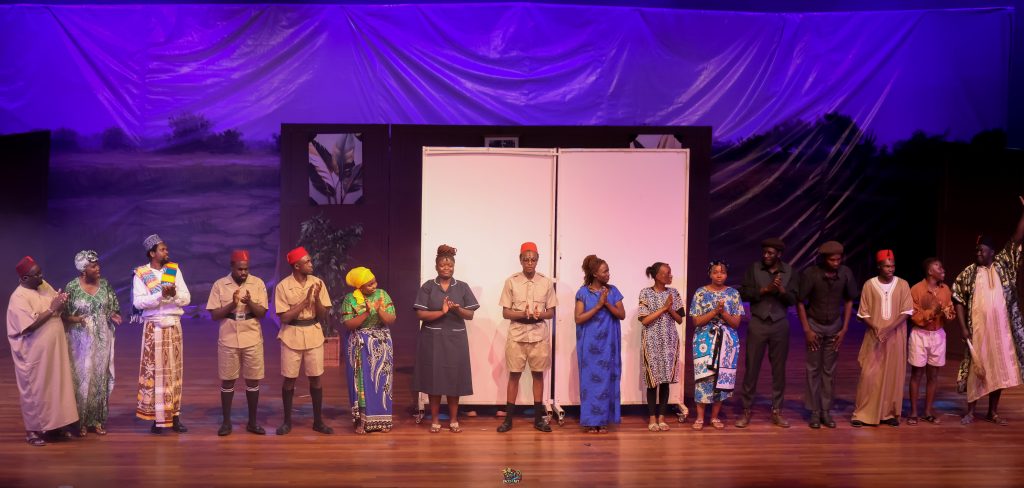
This adaptation of Kifo Kisimani demonstrates that the best theatrical adaptations are those that understand their source material so deeply that they can translate its essence into an entirely different artistic language while maintaining its fundamental power and relevance. In doing so, it proves that great literature, when skillfully adapted, can speak across decades with undiminished urgency and truth.
To book exclusive events with a TICKETING PARTNER, check out tickets.sanaapost.com 😎👊🏾



